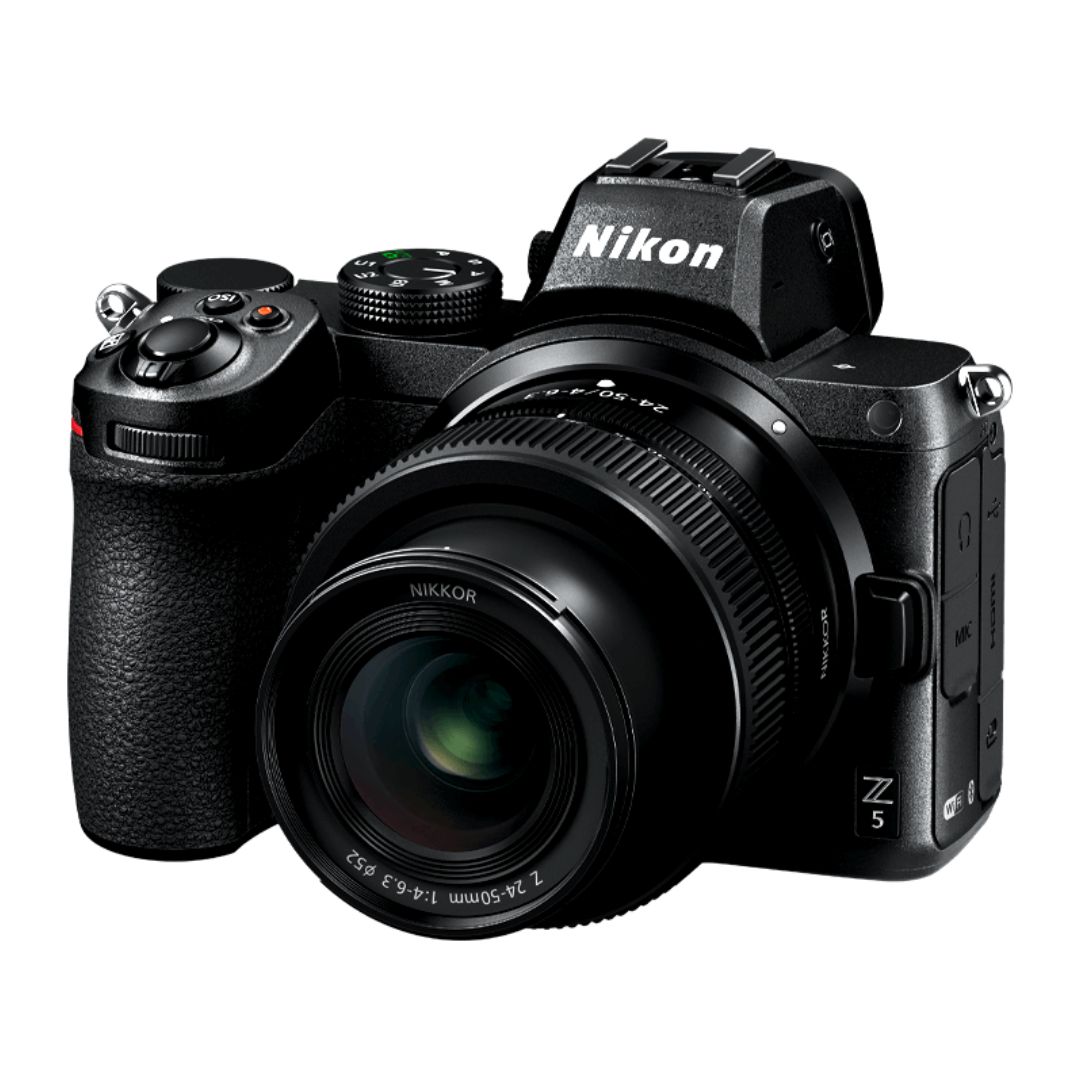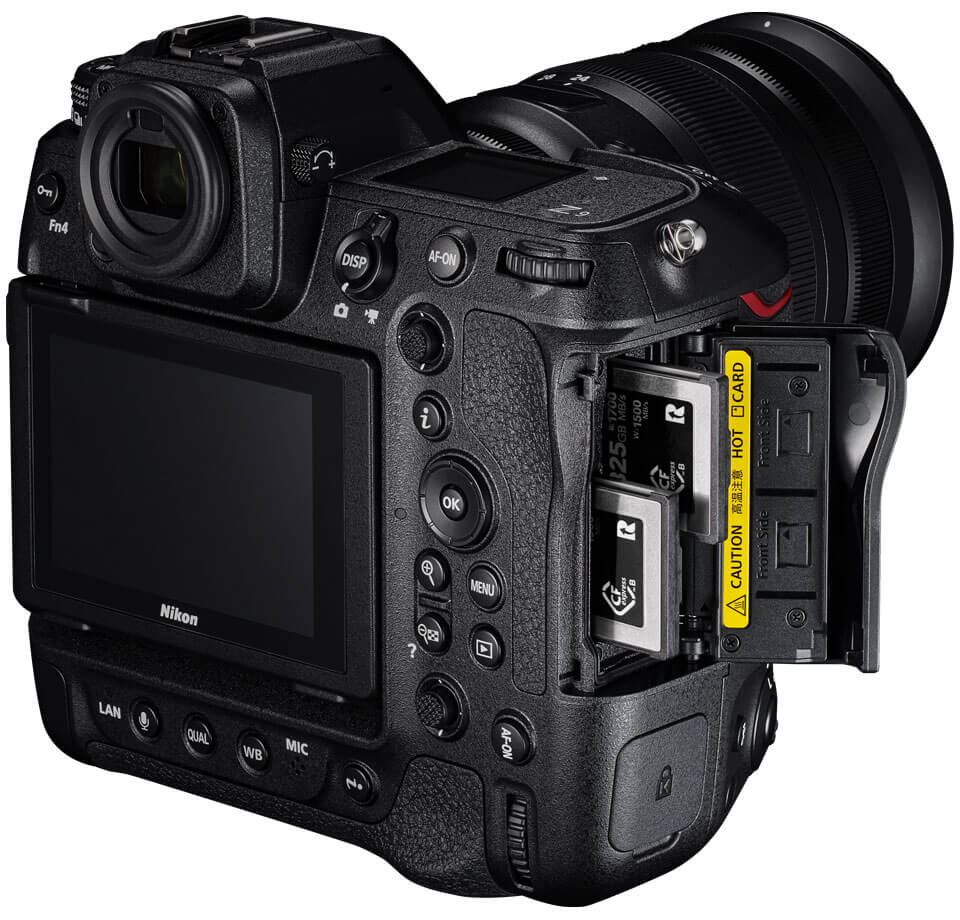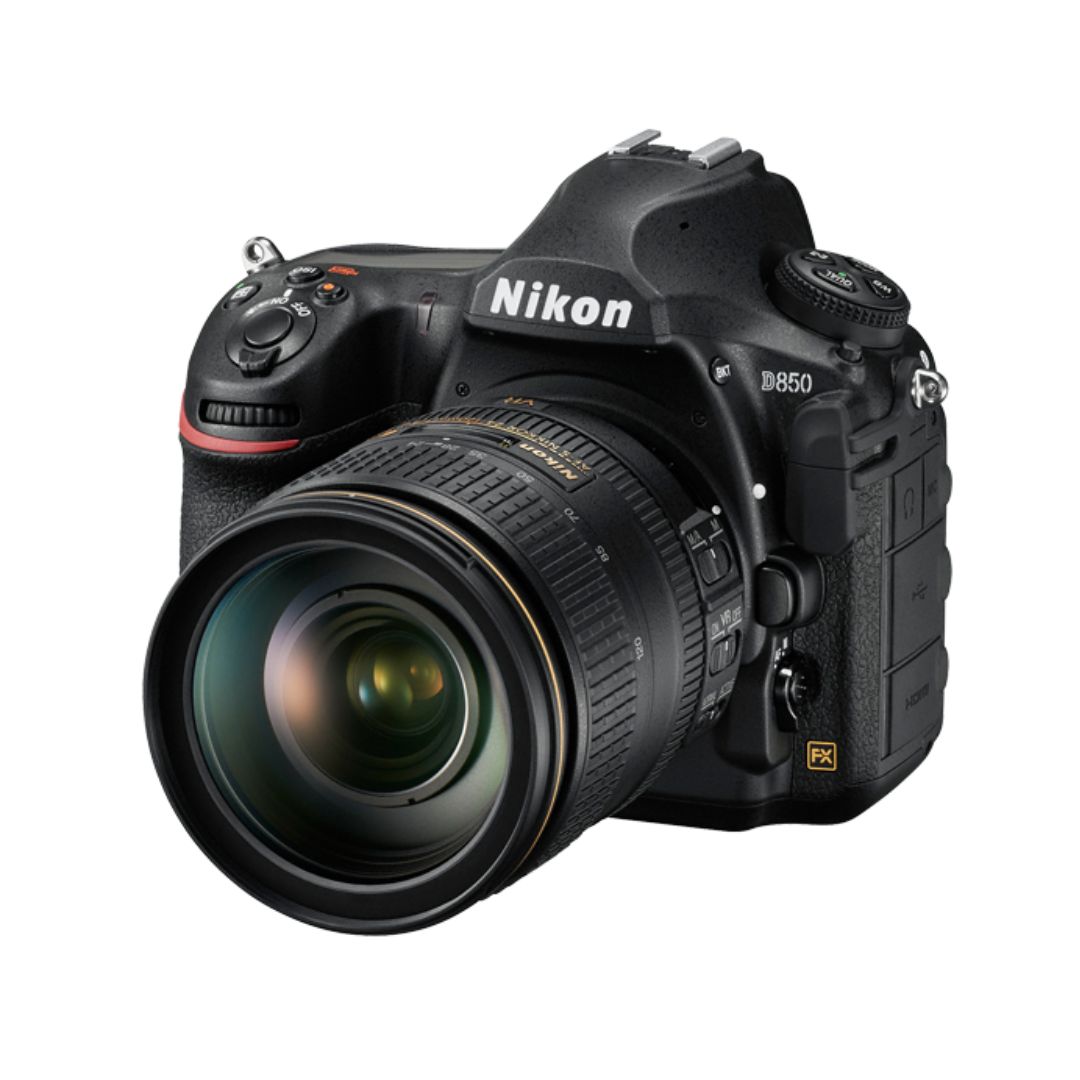Editing Product photos plays a crucial role in attracting customers and increasing sales. However, even the best-shot product images need post-processing to achieve a high-end, premium look. Editing product photos involves adjusting exposure, refining colors, enhancing textures, and perfecting details to create a visually appealing image that resonates with your audience. This comprehensive guide explores the best practices, software tools, and editing techniques to elevate product photos to a professional standard.
1. Understanding the Importance to Edit Product Photos
Why Editing Matters in Product Photography
- Enhances product appeal and professionalism
- Ensures consistency across all images
- Highlights intricate product details
- Increases customer trust and conversions
Common Editing Mistakes to Avoid
- Over-editing leading to unrealistic product representation
- Inconsistent white balance
- Ignoring shadow details
- Poor resolution and pixelation
2. Essential Tools to Edit Product Photos
Best Software for Product Photo Editing
- Adobe Photoshop: Industry-leading software for advanced retouching
- Adobe Lightroom: Ideal for batch processing and color adjustments
- Capture One: Professional-grade RAW editing tool
- Canva: Beginner-friendly design and editing platform
- GIMP: Free and open-source alternative to Photoshop
Hardware Requirements for Seamless Editing
- High-resolution monitor with accurate color display
- Graphics tablet for precise retouching
- Powerful processor and sufficient RAM for smooth workflow
3. Preparing Your Product Images for Editing
Importing and Organizing Files
- Use RAW format for maximum detail and editing flexibility
- Organize images into folders based on product categories
- Utilize metadata for easy searchability
Understanding File Formats
- RAW: Best for high-quality edits
- JPEG: Compressed format suitable for web use
- PNG: Ideal for transparent background images
4. Fundamental Editing Techniques for a Premium Look
Exposure and Contrast Adjustments
- Adjust brightness to maintain a balanced light distribution
- Enhance contrast to define details without overexposure
White Balance and Color Correction
- Adjust temperature and tint to maintain color accuracy
- Use color grading for a uniform look across all images
Sharpening and Clarity Enhancements
- Use sharpening tools to enhance product textures
- Avoid excessive clarity adjustments that can create harsh details
Cropping and Composition Optimization
- Use the rule of thirds to frame the product effectively
- Ensure negative space is balanced for a clean look
5. Advanced Editing Techniques for High-End Product Photos
Background Removal and Replacement
- Use the Pen Tool or Select Subject in Photoshop
- Experiment with solid, gradient, or lifestyle backgrounds
Retouching and Blemish Removal
- Clone Stamp and Healing Brush for minor imperfections
- Frequency Separation for high-end retouching without losing texture
Shadow and Reflection Enhancement
- Create soft drop shadows for depth
- Add natural reflections to enhance realism
Highlighting Textures and Details
- Dodge & Burn technique to emphasize textures
- Micro-contrast adjustments to refine product surfaces
6. Batch Editing for Efficiency
Why Batch Editing Matters
- Speeds up the workflow
- Ensures consistency in large product catalogs
- Reduces manual labor on repetitive edits
How to Batch Edit in Lightroom and Photoshop
- Use presets and actions for automated adjustments
- Synchronize settings across multiple images
- Save templates for future use
7. Exporting Images for Different Platforms
Optimizing for Web and Ecommerce
- Resize images for faster load times
- Use lossless compression techniques
- Convert to sRGB color space for consistency across devices
Print and High-Resolution Exports
- Maintain 300 DPI resolution for print media
- Save in TIFF format for uncompressed quality
8. Common Challenges and Solutions in Product Photo Editing
Dealing with Poorly Lit Images
- Use exposure blending techniques
- Adjust shadows and highlights carefully
Removing Unwanted Reflections
- Use Polarizing filters during the shoot
- Clone and heal reflections in post-processing
Achieving Consistent Branding Through Editing
- Develop a signature editing style
- Maintain uniform color grading and tone
9. Best Practices for Maintaining a Premium Look Across All Photos
Creating a Style Guide for Product Photography
- Define color palettes and lighting setups
- Establish standard editing parameters
Using Editing Presets and Templates
- Build custom presets for efficiency
- Adjust presets based on individual product needs
Quality Control and Final Checks
- Review images on different devices for consistency
- Get feedback from team members before publishing
10. Conclusion: Elevate Your Product Photography with Expert Editing
Edit product photos is an essential step in creating visually compelling and high-quality images. With the right tools, techniques, and attention to detail, you can achieve a premium look that enhances product appeal and boosts conversions. By maintaining a consistent editing style and staying updated with new trends in photo editing, your product images will stand out in a competitive digital landscape.

Sony Alpha a7 IV: The Ultimate Camera for Photography

Nikon Z5 Review: Is It Worth It?
-

Nikon Z9 : Game-Changer for Photography
-

Top Features of Nikon D850 That Make It Ideal for Portfolio Shoots
Sony Alpha a7 IV: The Ultimate Camera for Photography
Explore the Sony Alpha a7 IV in this complete 2025 review. Learn how its pro-level features, real-world performance, and hybrid flexibility make it the ultimate camera for photography across genres like portraits, weddings, travel, and commercial work. Table of Contents Section 1: Introduction – Why the Sony Alpha a7 IV Stands Out The Sony Alpha…
Nikon Z5 Review: Is It Worth It?
In 2025, photographers—whether hobbyists, content creators, or professionals—seek equipment that blends value, performance, and future-readiness. Enter the Nikon Z5, a full-frame mirrorless camera marketed as a gateway to high-end imaging without a flagship price tag. But how well does it hold up under real-world demands like studio shoots, weddings, landscape adventures, and lifestyle photography? In…
Nikon Z9 : Game-Changer for Photography
Discover why the Nikon Z9 is considered a true game-changer for photography. This in-depth Nikon Z9 review explores key features, real-world performance, and how it excels in professional photo shoots in 2025. Table of Contents 1. Introduction The photography world witnessed a significant shift with the launch of the Nikon Z9, a flagship mirrorless camera…
Top Features of Nikon D850 That Make It Ideal for Portfolio Shoots
Discover why the Nikon D850 is the ultimate DSLR for portfolio shoots. Explore its top features—from resolution and dynamic range to autofocus precision and workflow speed—that help photographers create stunning, high-impact images for professional portfolios. Whether you’re a portrait artist, fashion photographer, or visual storyteller, a portfolio shoot demands technical excellence, creative flexibility, and uncompromised…
Candid Moments with Canon EOS R10: Lightweight & Reliable
In the evolving world of mirrorless photography, the Canon EOS R10 stands out as a lightweight yet powerful camera tailored for real-life storytelling. Whether you’re photographing street scenes, family gatherings, weddings, or spontaneous portraits, capturing genuine emotion requires a responsive and discreet tool. This article dives deep into how the Canon EOS R10 excels in…
Bold Portraits with Canon EOS R5: Is It the Best for Work?
Studio photography has always demanded precision, artistry, and impeccable gear. As the expectations for commercial portraits, fashion campaigns, and editorial work continue to rise, the tools we use must evolve. Enter the Canon EOS R5, a camera that has stirred the professional waters with its impressive technical specs and forward-thinking design. In this comprehensive Canon…


